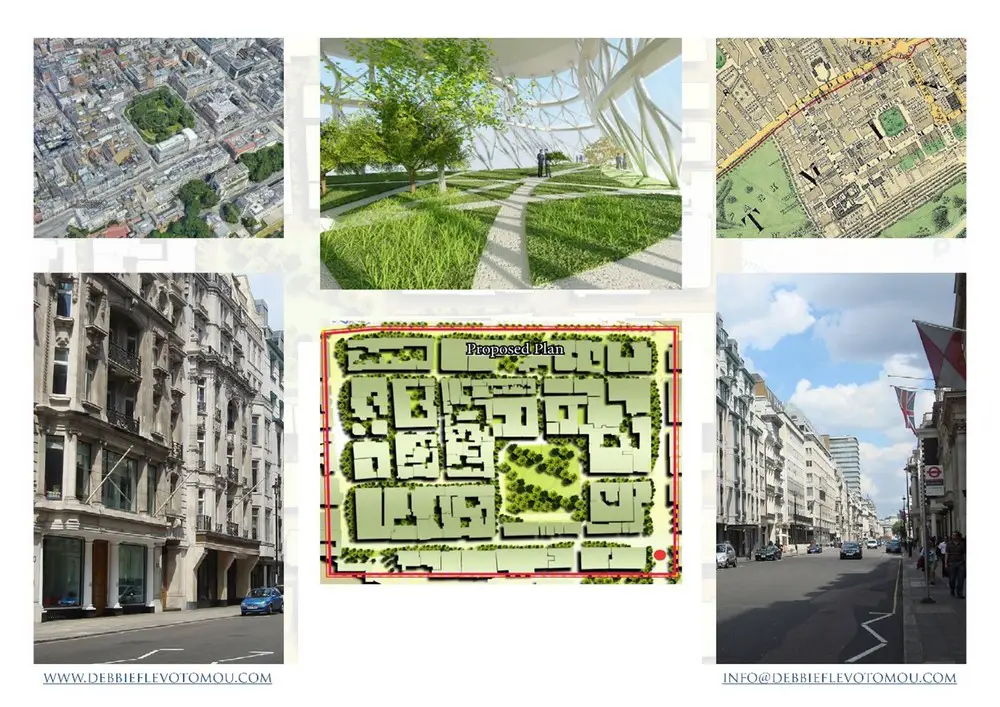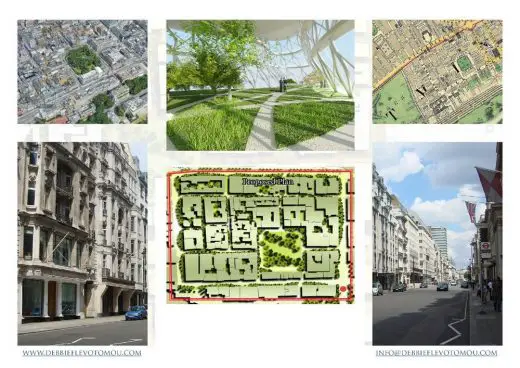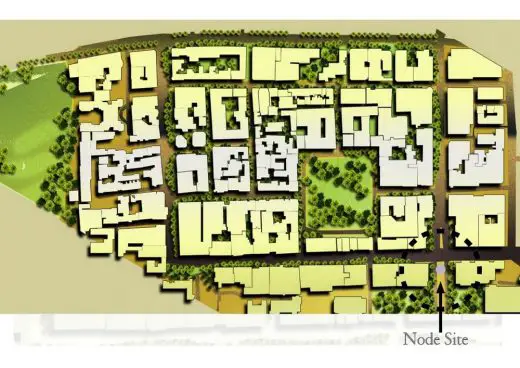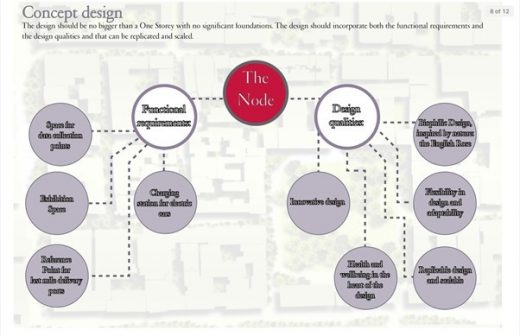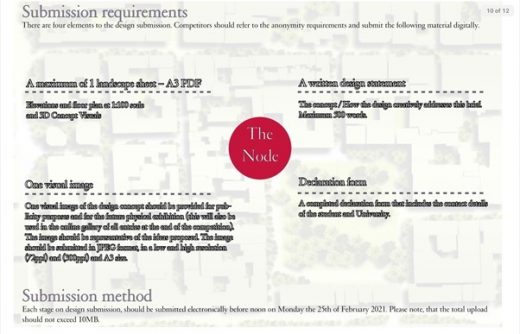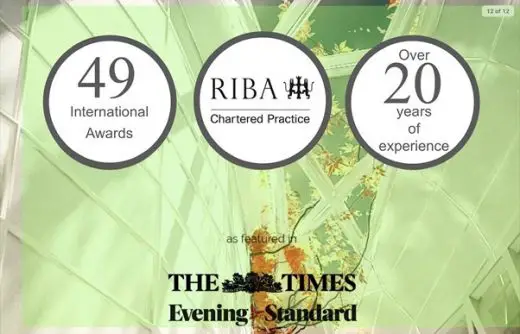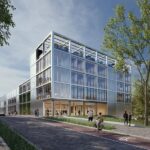2021 THINK NATURE City of Tomorrow Competition, Debbie Flevotomou architects contest
THINK NATURE City of Tomorrow Competition 2021
Debbie Flevotomou Architects
Location: St. James, Mayfair, West London, England, UK
Debbie Flevotomou Architects are working on a project “THINK NATURE – St. James Mayfair – City of Tomorrow”, and is bringing together the highest calibre judges for an architectural design student competition.
19 Jan 2021
THINK NATURE City of Tomorrow Competition News
The THINK NATURE – City of Tomorrow – St. James, Mayfair design competition is open to all architectural students of all levels and it aims to raise awareness for sustainability and Smart Cities. It will run for two weeks in February with winning entries announced in March. The winning entries will be taken through to the second stage of the project.
Judges include top level representatives from Grosvenor, the Mayfair Business Association, First Base Development and other sustainability experts from top UK and European organisations.
The competition is part of a larger masterplan which involves local businesses and residents’ communities and other local stakeholders and aims to work towards the Zero Carbon Emission Government target.
The site is located at the East Edge of St. James and is calling for innovative ideas showcasing how the traditional fabric can be combined with a new design and how a Smart City can be incorporated in a conservation area.
Marina Zouni, from Debbie Flevotomou Architects said: “The student competition is the first stage of this project. During the second stage we will be approaching commercial partners and the council with the aim of realising the design. The government target is upon us and unless we take action now, it will soon be too late. We aim to make this study a source of pioneering design to be used in other parts of London and other cities.”
Timing & entry requirements: The competition opens on 1 February 2021, with a deadline for questions 8 February 2021. The deadline for submissions is 27th February 2021 at noon.
The competition is open to all architectural students irrespective of level or country of origin.
Students can submit their work individually or as part of a team. There is a nominal entry fee of £20+VAT for individual entries and £40+VAT for entries of teams of two or more students.
Prizes: At the first stage of the project the winning entries will be celebrated with an exhibition in a prestigious London venue around June 2021 (subject to government guidelines). The award ceremony will be covered by local, national and international press. The top winning entry will be awarded £1,000.
Additionally, all finalists will benefit from interacting with our great panel of judges and other stakeholders, having a unique opportunity to raise their profile, gain insight and associate with the very best.
The second stage of the project aims to have the design build at some location subject to stakeholders buying in. The winner, individual or team will be involved all the way.
For more information on how to take part visit: Debbie Flevotomou Architects
THINK NATURE – City of Tomorrow – St. James, Mayfair
The term “city of tomorrow” no longer describes a future concept but rather a fast approaching reality. A clean air, easy access city, that is also equipped with modern technology to gather and process data with the aim to produce, utilise and disseminate information to improve its citizens lives. Technologically advanced, it is first and foremost a city, a place where people live, work and play, where businesses grow and thrive and where architecture and the environment give the city its personality and make it a desirable, vibrant and attractive place
Most “City of Tomorrow” concepts we’ve seen so far have been developed on a white canvas, some on areas of desert, others on reclaimed land, others on brownfield sites. Free from constraints that an existing city fabric would impose, white canvas cities of tomorrow are inspirational and demonstrate well “the art of the possible”. The evolution of existing cities will need a different approach, one that respects local heritage and current norms commercial, residential and civic.
This different approach, must be established promptly if our national targets for decarbonisation are to be achieved, in a way that improves and enriches life in our existing cities. Many questions need to be considered in forming an existing evolving city plan, including road usage, buildings energy consumption, generation and storage, and the infrastructure that will underpin it all. In all this, of vital importance is that the city remains or develops into a place where people love to visit, live, work and conduct their business, a vibrant place where people, information and services interact seamlessly, supported by infrastructure and elevated and nurtured by nature.
In an effort to find an approach that can be adopted by cities around the UK, we are developing a masterplan for our local area, St. James Mayfair, a good example of a locality with many and diverse constraints. As a conservation area with numerous listed building and limited space for new developments, it offers a great case study for challenging the status quo to deliver the city of tomorrow. We are inviting the wider community of residents, businesses and other stakeholders to take part in this exciting project that aims to illustrate what St James could look like in the future.
The project, which we call THINK NATURE – City of Tomorrow, initially aims to raise awareness about the pending challenges, encourage engagement, share ideas and develop concepts and proposals for viable solutions.
One of the key components of this stage is an architectural design competition where students are invited to design the main node of St. James’ Mayfair, a Pavilion, that will serve as the key point of interaction between people, infrastructure and services. This node will be the new landmark bringing the new generation biophilic parametric design into our conservation area therefore creating a dramatic fusion of traditional and novel. The pavilion will be inspired by THINK NATURE and the design concept should be of the English Rose.
The following question, answered by Debbie Flevotomou Architects, were asked by the Architect Journal and published as shown below:
• Why is a new node or connectivity pavilion in St James now the focus of an international architecture competition? (What is special about this historic site and its surrounding site that makes it the perfect candidate for a such design contest? Why is it important to receive a wide range
of design ideas from students to help generate interest in potential future uses for this prominent site?)
Debbie Flevotomou Architects have selected one of St.James edges as the location of the pavilion. Like a neural network synapsis, it interacts with potential secondary nodes within St.James and provides the main point of connecting surrounding areas with St.James. This interaction between nodes is a key subject that should be developed within each competition entry, giving specific consideration to the different types of incoming and outgoing data, services, information and art (e.g. data collection points, charging stations/power ports, last mile delivery reference points, exhibits).
Designed to THINK NATURE principles, the pavilion signifies St.James evolving identity as a nature-centric, connected, smart and sustainable city of tomorrow. The pavilion’s position makes it a prominent THINK NATURE landmark that welcomes visitors and unites locals. A connection point where nature, people, information and services come together, the pavilion also represents the fusion between the established and the emerging, between St.James heritage and its future, between traditional architecture and THINK NATURE design.
Through this competition we aim to attract the widest possible range of design ideas guided by THINK NATURE principles. The reason is two-fold.
• First and foremost, Debbie Flevotomou Architects aim to promote THINK NATURE principles amongst the Architects of tomorrow. Our vision is to enthuse future talent with our passion for THINK NATURE design, to inspire the new generation of architects to follow their passion for novel, exciting design, that creates aesthetically unique structures that connect with people at all levels, and combine commercial value with caring and promoting peoples creativity, productivity and wellbeing.
• Secondly, from our long interaction with local universities where Debbie Flevotomou has been an inspiring force and influence, we know that the high calibre of Architectural students, if combined, can produce breakthrough ideas and can develop concepts that will form future Architectural thinking; we want these ideas to be shaped by THINK NATURE.
• What would you like to see in submitted concepts for this site and wider area? (What sort of facilities or aesthetics will the new node provide? What role will this competition play in setting a high bar for other projects across the wider regeneration area?)
Students should first and foremost engage with “city of tomorrow” concepts and decide what elements and ideas they will incorporate in their design submission.
The pavilion should be the point where people, information and services of a nature-centric, vibrant, connected, smart and sustainable city, all come together under a THINK NATURE structure that enriches St. James, a place of strong heritage, with its novel, authentic, English rose inspired design. Strong entries will combine flexibility, innovation, replicability and scalability of design with health and wellbeing characteristics and be rich in Biophylic elements inspired by the English rose.
Designing a THINK NATURE structure for a historic location will need to push boundaries and encourage new ways of thinking about places of heritage and how these will evolve in a technologically advanced future, with people’s well being (hence nature) as a focal point.
• What role do you see this competition playing in the developments of new local and international architectural talents? (What sort of architectural teams would you like to see apply? Could this be an important project in the advancement of both local and international architectural and urbanism culture? Could the completed project provide a template for others?)
We want to see individuals and teams, driven by a strong passion for making a difference. Students that envisage themselves as architectural pioneers and new norm setters, and who are prepared to be daring and bold with their design work.
It’s our vision that through this competition students will be inspired by THINK NATURE, which delivers high commercial value whilst nurturing peoples’ creativity, productivity and wellbeing.
On a more practical level, interacting with our great panel of judges and other stakeholders, participating students will have a unique opportunity to raise their profile, gain insight and associate with the very best.
We aim to make the winning entry a prominent case study to emulate and adapt to other cities and localities.
• How do you see the outcome of this competition evolving in the future and what competitions will you hold next? (Are you planning any big future commissions or challenges that could require both a local and international response?
Having organised the RIBA student award for 6 years in a row, Debbie Flevotomou has a unique understanding of the importance of recognition and profile development for the students. Building on that work we plan to run bi-annual competitions that draw architectural talent and communities to tackle aspects of world problems, and inspire them to THINK NATURE.
• Are there any other recent similar connectivity pavilion competitions, either locally or internationally, which have delivered impressive results?
There undouble are several pavilion style structures that have been erected to raise awareness of world scale issues. The St.James Pavilion is unique in its brief as a point of coming together of “city of tomorrow” elements as well as an architectural design fusion point.
Debbie Flevotomou Architects Competition
THINK NATURE City of Tomorrow information / images received 190121
Location: London, England, UK
London Design Competitions
London Architecture Competitions
London Architecture Contests – selection:
Winter Pavilion London Competition
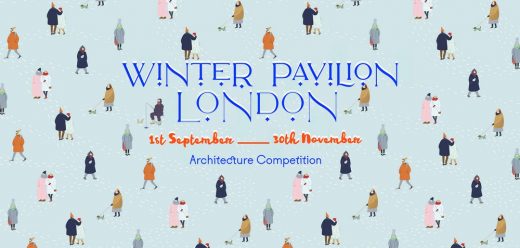
Winter Pavilion London Competition – winners announced Jan 2021
London Vauxhall – The Missing Link
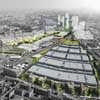
image from Wandsworth Council
London Architecture Competition – Latest Design Contest
Cadogan Café design competition – winner news
Design: NEX
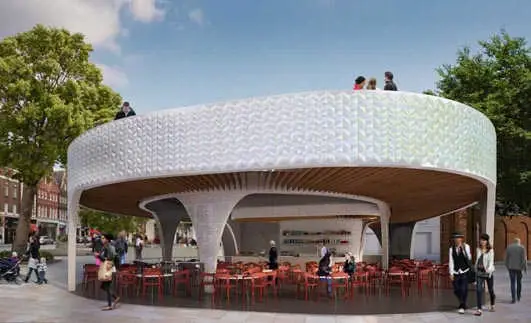
image by architects
Cadogan Café Design Competition
Amelia Street Public Realm Design Competition
High Line for London Competition
London Architectural Designs
London Architecture Designs – architectural selection below:
Design: Wright & Wright
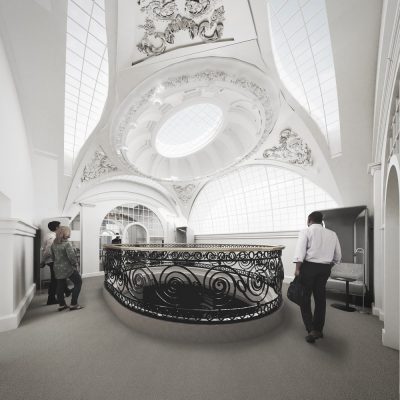
image © architects
British Academy Refurbishment
Architecture Competitions
Current Architectural Competitions Selection
‘RETHINK: 2025’ Design Competition
RETHINK: 2025 Design Competition
WAF / PechaKucha ‘Isolation Transformed’ Design Competition
Isolation Transformed Design Competition
Kaizhou New City International Young Designer Competition, Sichuan, China
Kaizhou New City International Young Designer Competition
Museum of Design Oslo Competition
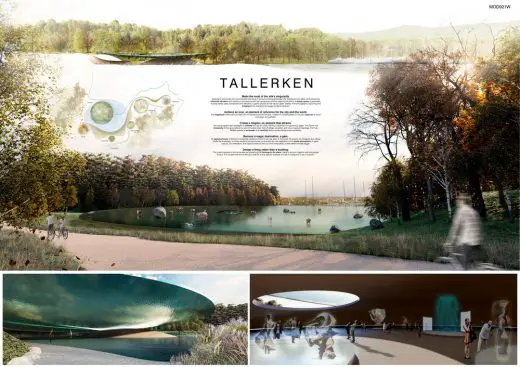
Museum of Design Oslo Competition by Switch
Tomb of Waste Architecture Competition

Tomb of waste design competition by Switch
Comments / photos for the THINK NATURE City of Tomorrow page welcome

